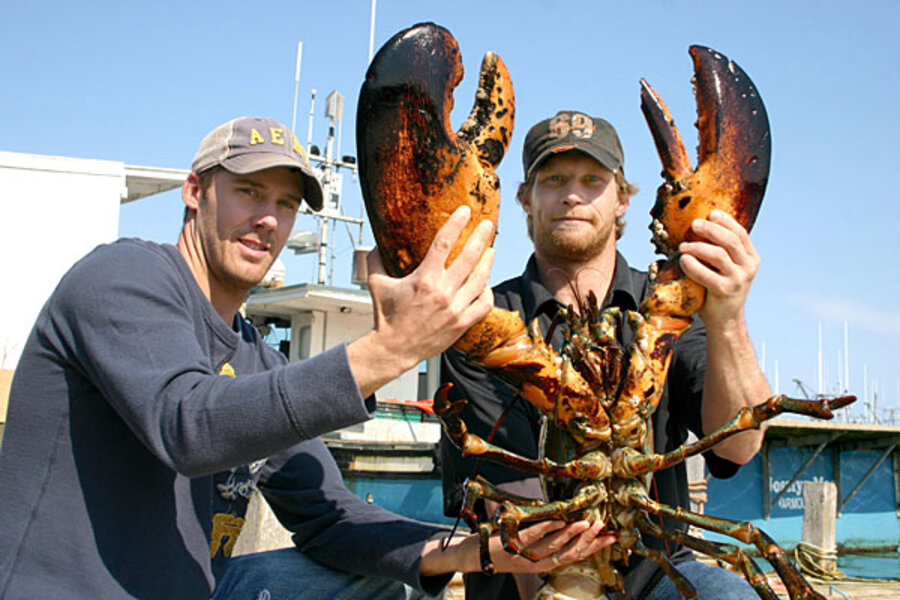It takes a lobster approximately seven years to grow to be one pound

It Takes a Lobster Approximately Seven Years to Grow to be One Pound

Lobsters are fascinating creatures that dwell in the depths of the ocean. They’re known for their delicious taste and unique appearance. Did you know that it takes a lobster approximately seven years to grow to be one pound in weight? Yes, you read that right! In this article, we will explore the factors that contribute to the slow growth rate of lobsters and why they take such a long time to reach the desired weight.

Lobsters undergo a process known as molting, which is crucial for their growth. Molting is when a lobster sheds its old exoskeleton and forms a new and larger one. The frequency of molting gradually decreases as a lobster gets older. During molting, a lobster’s soft new shell is susceptible to damage and predator attacks. Therefore, it tries to hide and protect itself until its new exoskeleton hardens. This process can take several weeks, during which the lobster’s growth is relatively slower.
Apart from molting, the environment and availability of food also play vital roles in a lobster’s growth rate. Lobsters require an appropriate habitat with favorable temperature, oxygen levels, and shelter to thrive. They prefer rocky or sandy ocean floors where they can find hiding places and feed on various marine organisms like fish, crabs, and clams. The abundance and quality of such food sources significantly impact a lobster’s growth rate.
While lobsters can start reproducing at a young age, their reproductive capacity can affect their growth rate. Female lobsters carry eggs externally for several months until they hatch into tiny larvae. During this time, the mother lobster invests significant energy into caring for her eggs, diverting resources from her own growth. As a result, female lobsters may experience slower growth compared to males.
Moreover, lobsters have a unique growth pattern. They grow by slowly increasing their size rather than putting on weight. Their growth may not be noticeable in terms of weight gain but can be observed by measuring their carapace length, which is the hard protective shell covering their body. This growth pattern is one of the reasons why lobsters take several years to reach one pound in weight.
In conclusion, lobsters are fascinating creatures with a slow growth rate. It takes them approximately seven years to grow to be one pound in weight. Factors such as molting, environmental conditions, food availability, reproductive capacity, and growth pattern all contribute to this extended growth period. Understanding these factors gives us a deeper insight into the life cycle and unique characteristics of lobsters.
Related Posts
Quick Links
Legal Stuff

